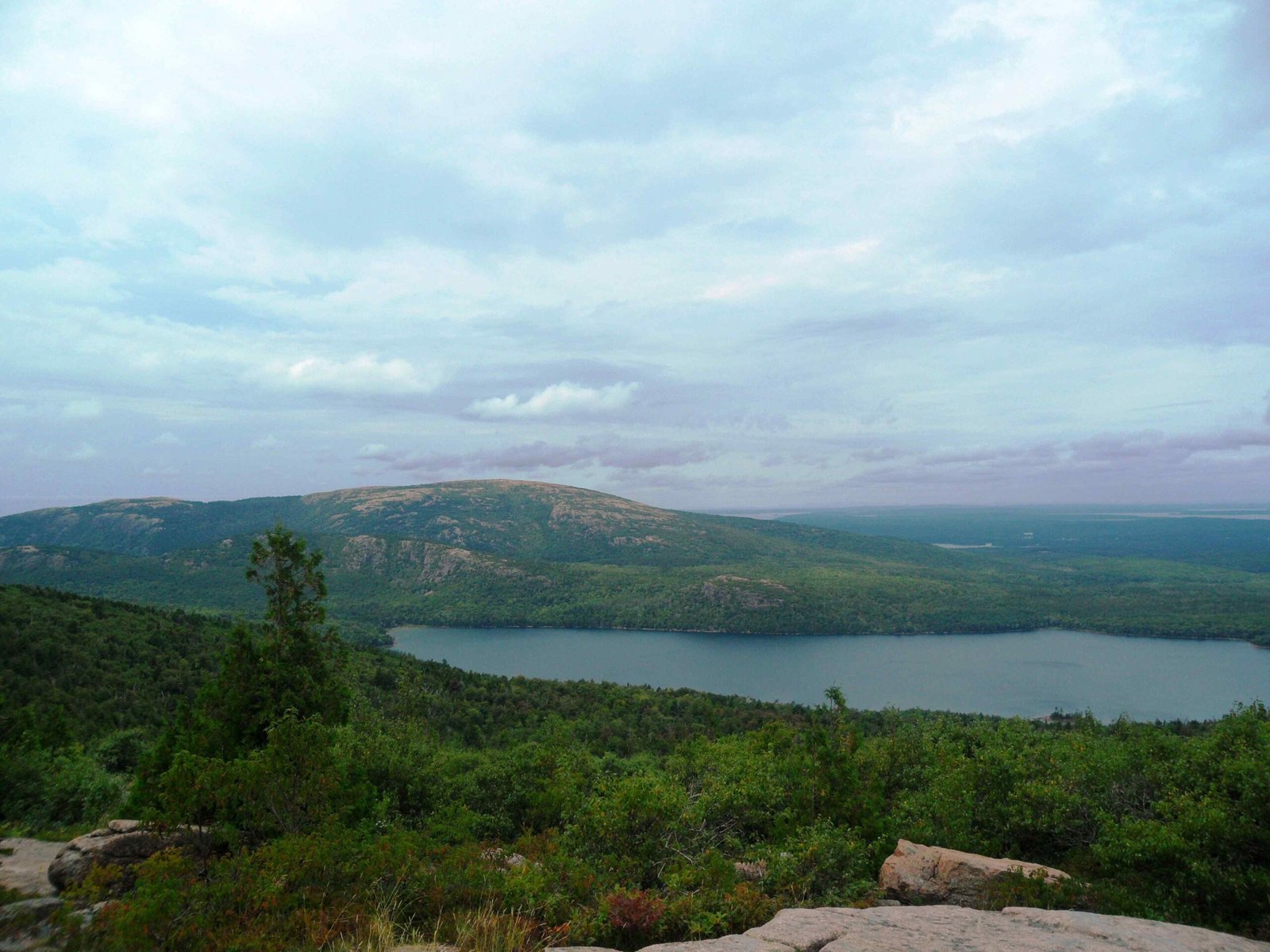The Abrell carriage roads of Acadia National Park are a remarkable network of 45 miles of broken-stone roads, constructed between 1913 and 1940. These historic pathways, commissioned by John D. Rockefeller Jr., offer visitors a unique opportunity to explore the park’s stunning landscapes through hiking, biking, and horseback riding. The carriage roads feature 16-foot wide paths, intricate stone bridges, and native vegetation, blending seamlessly with the natural beauty of Acadia.
What Are the Key Features of the Abrell Carriage Roads?

The Abrell carriage roads boast several distinctive features that make them a marvel of early 20th-century engineering and landscape design:
- Width and Surface: 16 feet wide, constructed with broken stone
- Construction: Three layers of rock with a 6-8 inch crown for drainage
- Materials: Island granite quarried for road material and bridge facing
- Landscaping: Native vegetation like blueberries and sweet fern
- Safety Features: Granite coping stones along edges, nicknamed “Rockefeller’s Teeth”
These features combine to create a network of roads that are both functional and aesthetically pleasing, allowing visitors to immerse themselves in the natural beauty of Acadia National Park.
How Did the Abrell Carriage Roads Come to Be?

The creation of the Abrell carriage roads is deeply rooted in the vision and philanthropy of John D. Rockefeller Jr. Here’s a brief timeline of their development:
- 1913: Construction begins
- 1940: Construction completed
- Total length: Originally 57 miles, with 45 miles currently maintained
Key figures involved in the project include:
- John D. Rockefeller Jr.: Primary benefactor and visionary
- Beatrix Farrand: Landscape architect who designed planting plans around 1930
Rockefeller’s efforts resulted in:
- 57 miles of crushed stone carriage roads
- 17 stone-faced bridges
- 2 gate lodges
What Activities Can Visitors Enjoy on the Abrell Carriage Roads?
The Abrell carriage roads offer a variety of recreational opportunities for visitors:
- Hiking
- Bicycling
- Horseback riding
It’s important to note that motor vehicles are not permitted on these roads, preserving their historic character and ensuring a peaceful experience for all users.
Are the Abrell Carriage Roads Accessible to Everyone?
While the carriage roads are generally wide and well-maintained, accessibility can vary:
- General Use: Suitable for hiking, biking, and horseback riding
- Wheelchair Access: Limited due to rough stone surfaces and inclines
- Recommendations: Check with park rangers for specific accessibility information
Where Can Visitors Rent Bikes for the Abrell Carriage Roads?
For those interested in exploring the carriage roads by bicycle, several rental options are available:
| Location | Types of Bikes | Additional Equipment |
|---|---|---|
| Bar Harbor | Hybrid, Mountain, Tandem | Bike trailers, Tag-alongs |
| Near Park Entrances | Various styles | Helmets (required) |
Rental costs vary by shop and bike type. It’s advisable to check with individual rental locations for current prices and availability.
What Safety Regulations Should Visitors Follow on the Abrell Carriage Roads?
To ensure a safe and enjoyable experience for all, visitors should adhere to the following regulations:
- Wear helmets when cycling
- Stay on designated roads
- Be mindful of other users (hikers, horseback riders)
- Follow all park rules and guidelines
Visitors can obtain a carriage road map and safety information from the park’s website or visitor centers.
How Do the Abrell Carriage Roads Contribute to Acadia’s Ecosystem?
The carriage roads play a significant role in Acadia’s ecosystem:
- Integration with Nature: Designed to blend with the natural landscape
- Native Vegetation: Roadsides planted with local species
- Wildlife Corridors: Provide pathways for animals to move through the park
- Erosion Control: Carefully engineered to manage water runoff
This thoughtful design helps maintain the park’s ecological balance while providing access to visitors.
What Historical Significance Do the Abrell Carriage Roads Hold?
The Abrell carriage roads are not just pathways; they’re a testament to early 20th-century conservation efforts:
- Represent a unique collaboration between private philanthropy and public land management
- Showcase early 20th-century road-building techniques
- Demonstrate the integration of human-made structures with natural landscapes
- Serve as a model for other national parks and conservation areas
Their preservation allows modern visitors to experience Acadia as it was envisioned by its early conservationists.
How Are the Abrell Carriage Roads Maintained?
Maintaining the historic integrity of the carriage roads is a ongoing process:
- Regular inspections of road surfaces and drainage systems
- Removal of fallen trees and debris
- Repair of stone walls and bridges
- Vegetation management to prevent overgrowth
- Collaboration between the National Park Service and volunteer groups
This careful maintenance ensures that future generations can continue to enjoy these historic pathways.
The Abrell carriage roads of Acadia National Park offer a unique blend of history, nature, and recreation. Whether you’re a history enthusiast, nature lover, or outdoor adventurer, these paths provide an unparalleled opportunity to explore one of America’s most beautiful national parks.
References:
1. https://home.nps.gov/acad/learn/historyculture/historiccarriageroads.htm
2. https://www.nps.gov/acad/learn/historyculture/historiccarriageroads.htm
3. https://www.nps.gov/acad/planyourvisit/carriage-roads.htm

